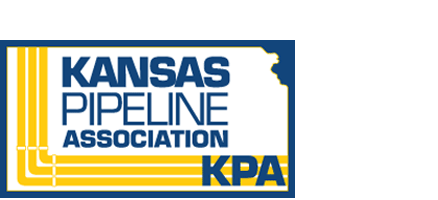Emergency Preparedness Communications
The following guidelines are designed to ensure your safety and the safety of those in the area if a petroleum product or natural gas pipeline leak is suspected or detected:
- Secure the area around the leak to a safe distance. Evacuating people from homes, businesses, schools and other places of congregation, as well as controlling access to the site may be required in some incident scenarios. Sheltering in place may be the safest action if the circumstances make going outdoors dangerous.
- Establish a command center. Work with pipeline representatives as you develop a plan to address the emergency. The pipeline operator will need to know:
- Your contact information and the location of the emergency
- Size, characteristics and behavior of the incident, and if there are any primary or secondary fires
- Any injuries or deaths
- The proximity of the incident to any structures, buildings, etc.
- Any environmental concerns such as bodies of water, grasslands, endangered wildlife and fish, etc.
- Evacuate or shelter in place. Depending on the level of chemical or natural gas leak, product, whether or not the product was released, or other variables, it may be necessary to evacuate the public or have the public shelter in place. Evacuation route and the location of the incident will determine which procedure is required, but both may be necessary. Evacuate people upwind of the incident if necessary. Involving the pipeline company may be important in making this decision.
- If the pipeline leak is not burning:
- DO NOT cause any open flame or other potential source of ignition such as an electrical switch, vehicle ignition, light a match, etc.
- DO NOT start motor vehicles or electrical equipment.
- DO NOT ring doorbells. Knock with your hand to avoid potential sparks from knockers.
- DO NOT drive into a leak or vapor cloud at any time.
- If the pipeline leak is burning attempt to control the spread of the fire, but DO NOT attempt to extinguish a petroleum product or natural gas fire. When extinguished, petroleum products, gas and vapor could collect and explode if reignited by secondary fire.
- DO NOT attempt to operate any pipeline valves yourself. You may inadvertently route more product to the leak or cause a secondary incident.
What do the pipeline companies do in the event a leak was to occur.
In order to prepare for the event of a leak, pipeline companies regularly communicate, plan and train with local emergency personnel such as fire and police departments. Upon the notification of an incident or leak, either by the pipeline company’s internal control center or by phone, the pipeline operator will immediately dispatch trained personnel to assist public safety officials in their response to the emergency. Pipeline operators will also take steps to minimize the amount of product that leaks out and to isolate the pipeline.
The pipeline company’s control center may:
- Stop or reduce the flow of product
- Dispatch pipeline emergency response personnel and equipment to the emergency site
- Inform you of any special precautionary recommendations
- Act as a liaison between emergency response agencies and pipeline company personnel
- Help bring the emergency to conclusion as quickly and safely as possible
